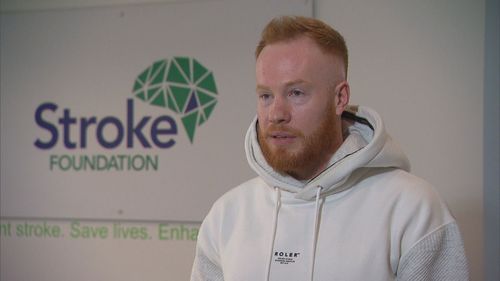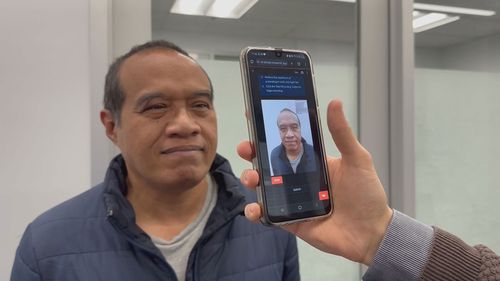New scanning tool from RMIT could help paramedics identify a stroke in seconds

[ad_1]
When shortstop Joel Daniels started losing strength in his left side in 2022, he saw three different clinicians in one week.
Finally, his sister Hannah, who is a nurse, noticed his drooping face.
“I knew something was wrong, my arm was the first thing that failed me,” Daniels said.

“She immediately recognized the signs of a stroke, knew I was having a stroke and took me to hospital.”
At age 31, Daniels suffered a slow brain hemorrhage and luckily his sister recognized the symptoms.
A new scanning tool could soon help healthcare professionals identify a stroke in seconds.

“Often subtle signs can be missed,” said Professor Dinesh Kumar.
Researchers have trained artificial intelligence to analyze changes in facial micromuscles via smartphone, with drooping of the mouth being a common indicator of stroke.
“What our app can do is pick up the subtle signs of the droop, of the change in the way the person smiles, and using that, we can determine if the person has had a stroke,” Kumar said.
Although the scanning technology is still in the early stages of testing, so far it has an 82 percent accuracy rate for stroke detection.
One future goal is to equip first responders with the technology.
Daniels is now an ambassador for the Stroke Foundation and is grateful to be able to share her story.
“I just think it’s a miracle,” he said.
[ad_2]





